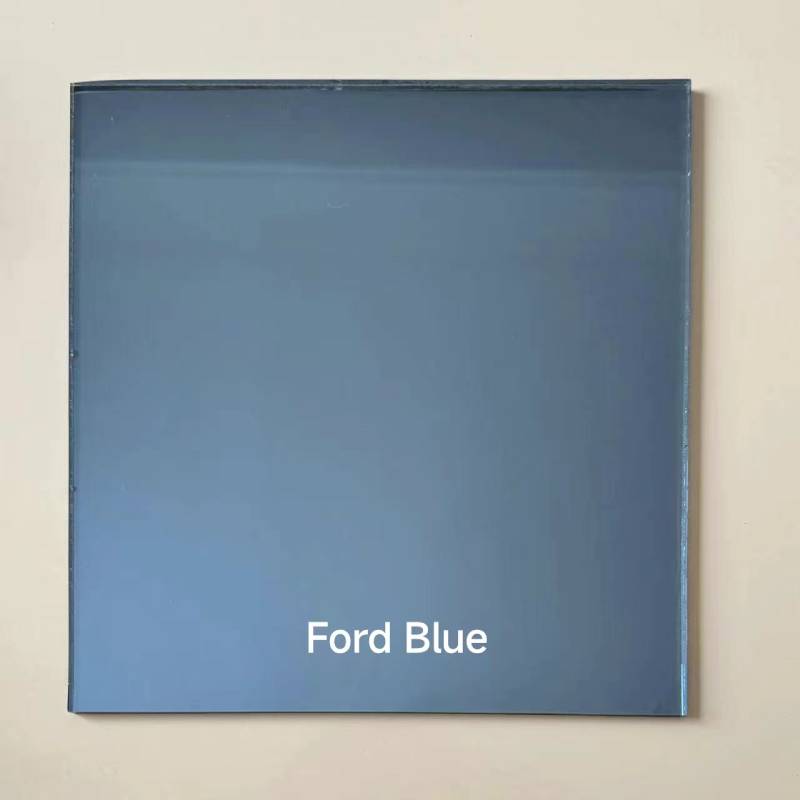

The Versatile World of Float Flat Glass
Float flat glass, an essential material in the construction and design industries, has transformed the way architects and builders approach their projects. This remarkable invention not only serves functional purposes but also contributes to the aesthetic appeal of buildings and interiors. Understanding how float flat glass is produced, its applications, and its benefits can provide valuable insights into its significance in modern construction.
Production Process
The production of float flat glass begins with a fascinating technique known as the float process, which was invented in the 1950s by Sir Alastair Pilkington. The process involves melting raw materials—primarily silica sand, soda ash, and limestone—at high temperatures. Once melted, the glass is poured onto a bed of molten tin. Due to its lower density, the glass floats on top of the tin, forming a smooth and uniform surface. This method not only ensures a flawless finish but also allows for the production of large sheets of glass, which can be as thin as a few millimeters or several centimeters thick, depending on the intended use.
After the initial floating process, the glass undergoes a cooling phase, known as annealing, which helps it achieve its desired strength and stability. The final product is a clear, flat sheet of glass that can be further processed or sold as-is. The versatility of float flat glass is demonstrated by the numerous treatments it can undergo after production, including heat strengthening, laminating, and coating for added features such as UV resistance or solar control.
Applications of Float Flat Glass
Float flat glass serves a myriad of applications across various sectors. In architecture and construction, it is commonly used in windows, façades, and doors. The clarity of float glass allows natural light to penetrate into spaces, creating bright and inviting environments. This characteristic has made it an integral part of modern design, where large glass panels are often employed to seamlessly blend indoor and outdoor spaces.

In addition to its use in residential and commercial buildings, float flat glass is also utilized in automotive manufacturing. Windshields and side windows are typically made from laminated float glass, providing safety and visibility for drivers and passengers. Furthermore, its use in the production of glass furniture and decorative items showcases its aesthetic versatility. Designers often prefer float glass for tabletops, shelves, and display units due to its clean lines and reflective properties.
Benefits of Float Flat Glass
The advantages of float flat glass extend beyond its aesthetic appeal. One of the key benefits is its energy efficiency. Modern float glass can be treated to enhance thermal insulation, which helps reduce energy consumption in buildings. This treatment minimizes heat loss during winter and limits heat gain during summer, leading to more stable indoor climates and lower energy bills.
Another significant advantage is its durability. Float flat glass is resistant to weathering and can withstand various environmental conditions. This property makes it an excellent choice for exterior applications, ensuring longevity and safety for its intended use. Additionally, advancements in technology have led to the development of impact-resistant and shatterproof variants of float glass, further enhancing its safety profile.
Conclusion
Float flat glass is more than just a transparent barrier; it is a versatile material that plays a crucial role in architecture, automotive design, and interior decoration. Its production process, characterized by the innovative float method, ensures high quality and uniformity. With its wide range of applications and benefits, float flat glass continues to be a preferred choice for designers and builders seeking to combine functionality with beauty. As technology progresses, the potential for float flat glass remains limitless, promising even more exciting applications and innovations in the future. Whether enhancing the aesthetic appeal of a skyscraper or providing safety in a vehicle, float flat glass truly delivers on multiple fronts, embodying the spirit of modern design and engineering.